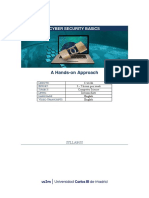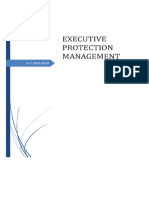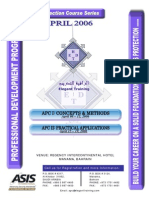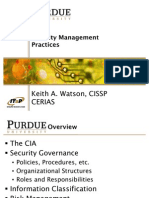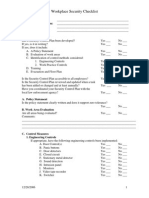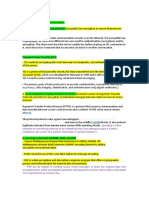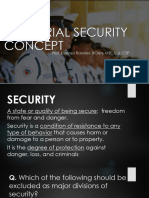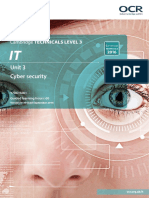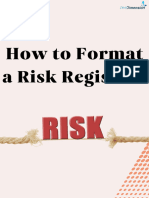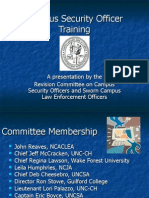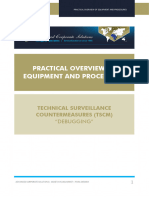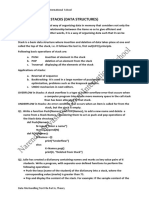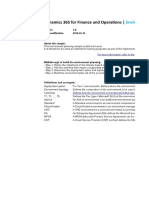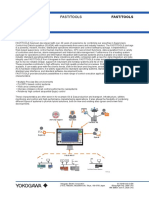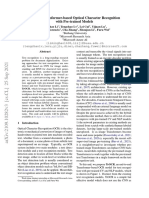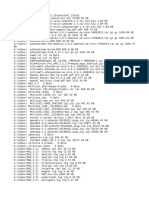0% found this document useful (0 votes)
295 views32 pagesTopic 1 - Introduction To Information Security PDF
This e-learning course covers the introduction to information security. The objectives are to define information and security, demonstrate the importance of security and employee roles, illustrate types of cyber criminals, highlight security threats and protections, and outline good security practices. Understanding security threats facing the company, responsibilities in supporting policies, handling incidents, and the Confidentiality, Integrity, and Availability (CIA) model are important. The course content includes introductions to information and security, types of cyber criminals, protecting the CIA model and company assets, and good security practices. Employees play a key role in information security.
Uploaded by
Mostafizur MamunCopyright
© © All Rights Reserved
We take content rights seriously. If you suspect this is your content, claim it here.
Available Formats
Download as PDF, TXT or read online on Scribd
0% found this document useful (0 votes)
295 views32 pagesTopic 1 - Introduction To Information Security PDF
This e-learning course covers the introduction to information security. The objectives are to define information and security, demonstrate the importance of security and employee roles, illustrate types of cyber criminals, highlight security threats and protections, and outline good security practices. Understanding security threats facing the company, responsibilities in supporting policies, handling incidents, and the Confidentiality, Integrity, and Availability (CIA) model are important. The course content includes introductions to information and security, types of cyber criminals, protecting the CIA model and company assets, and good security practices. Employees play a key role in information security.
Uploaded by
Mostafizur MamunCopyright
© © All Rights Reserved
We take content rights seriously. If you suspect this is your content, claim it here.
Available Formats
Download as PDF, TXT or read online on Scribd
/ 32












